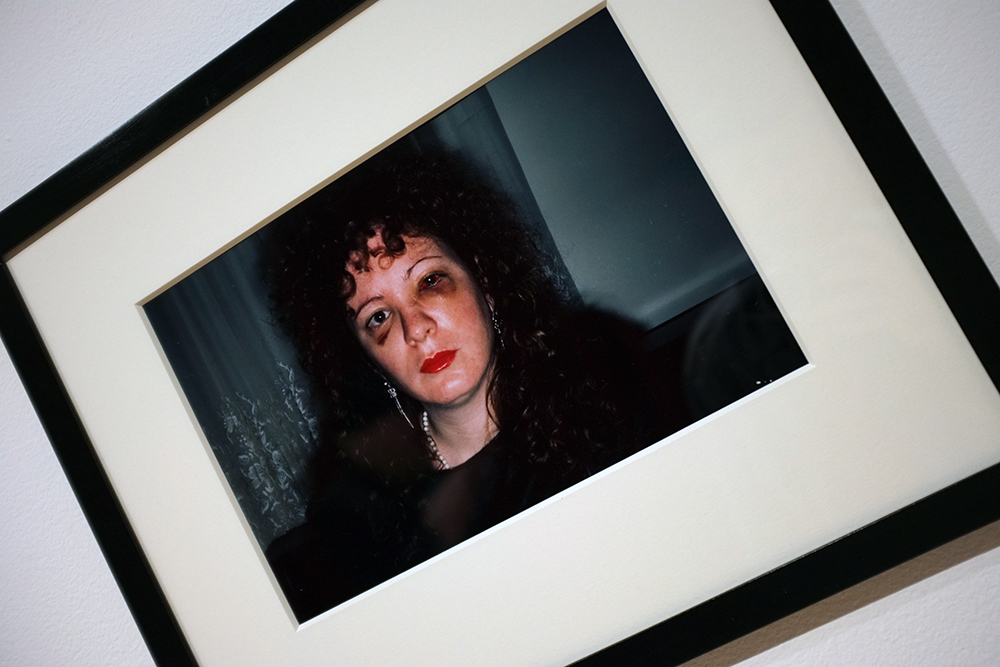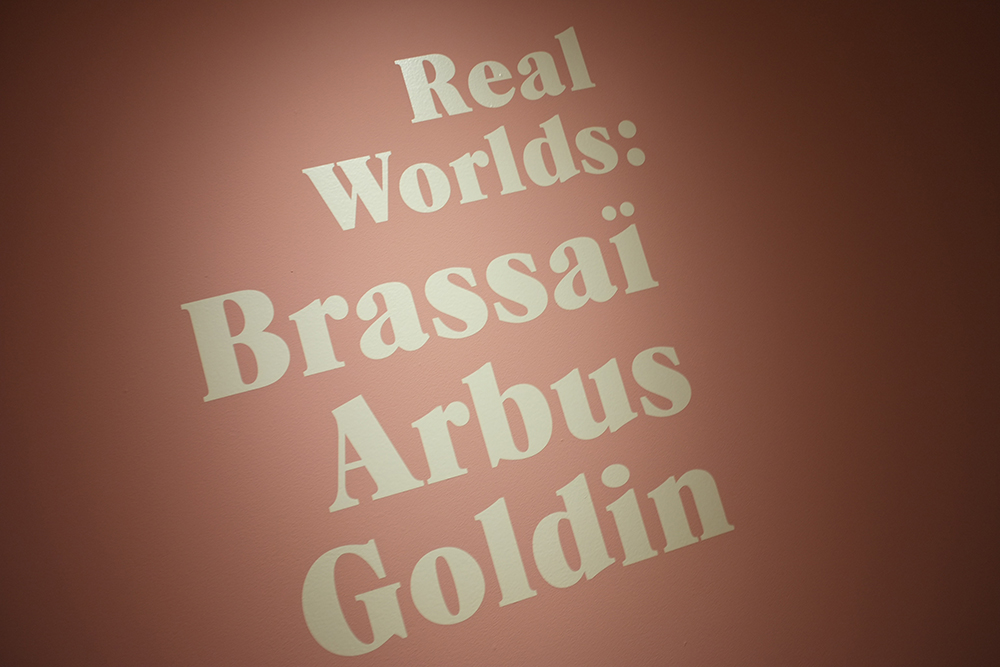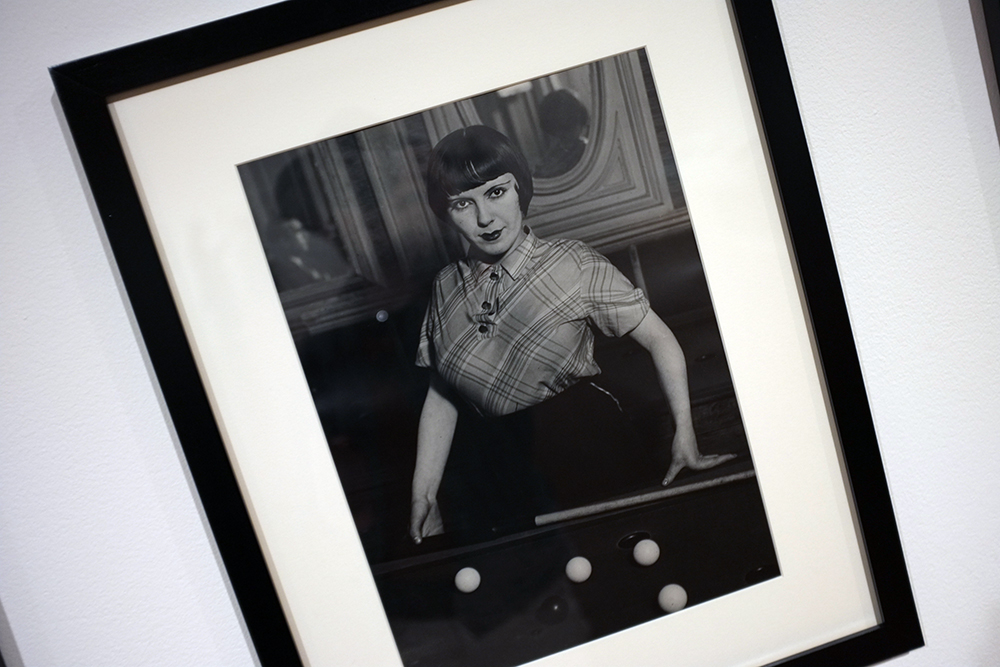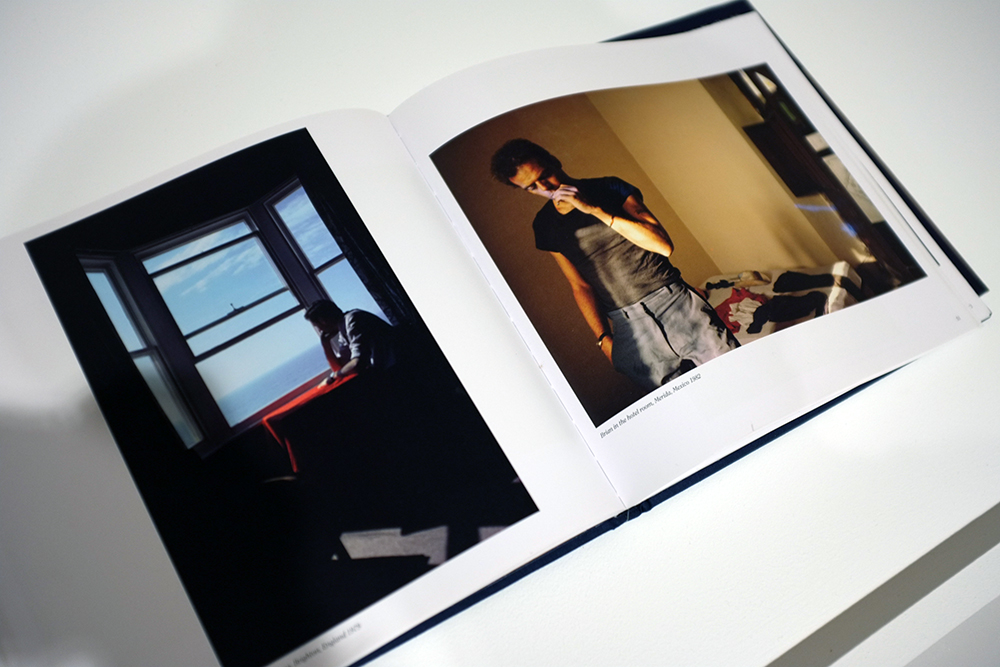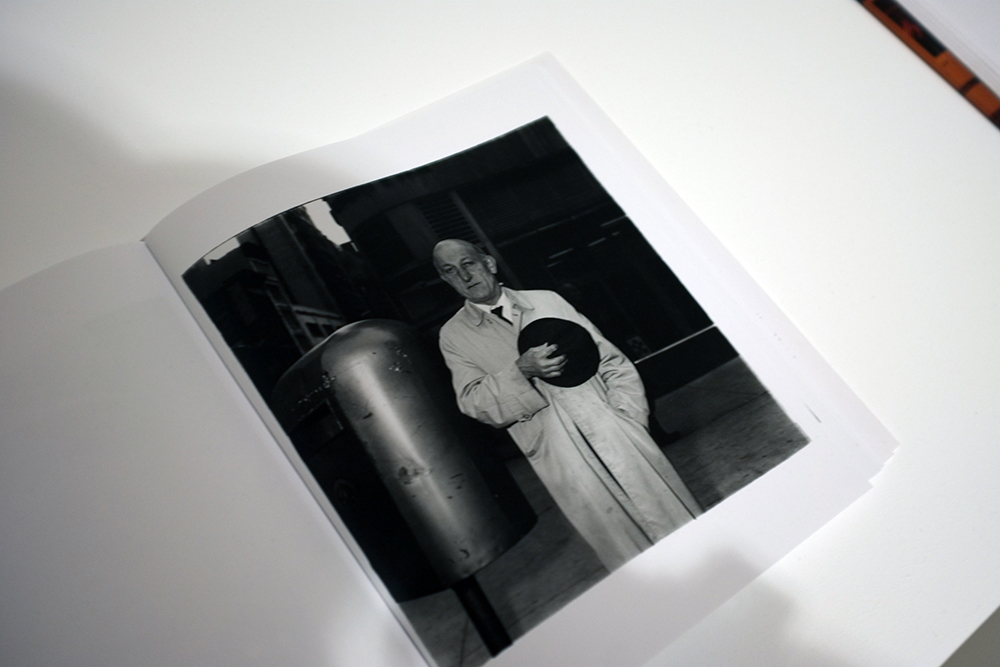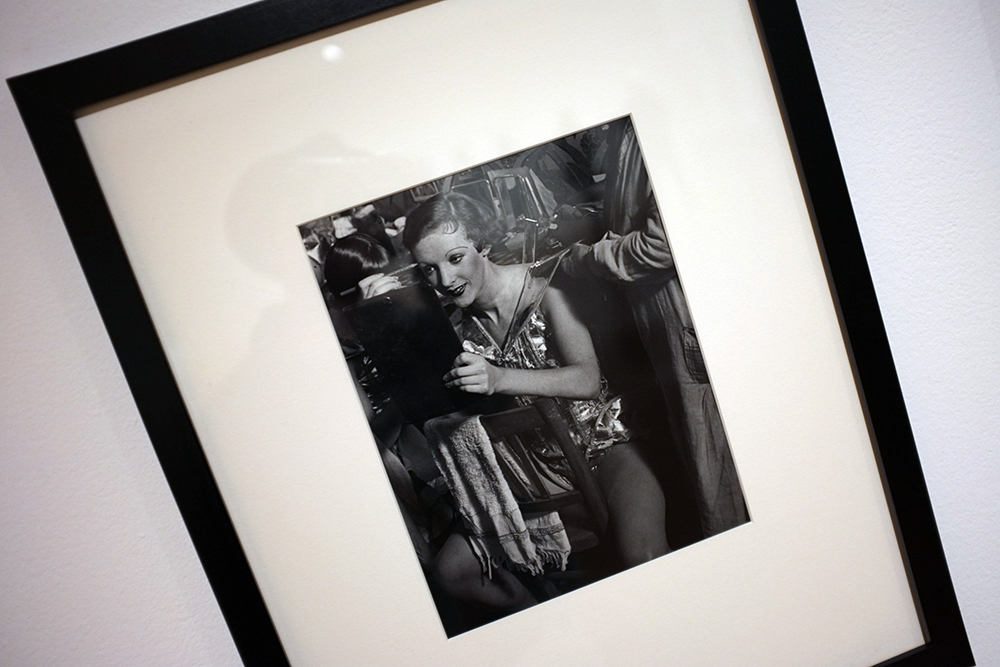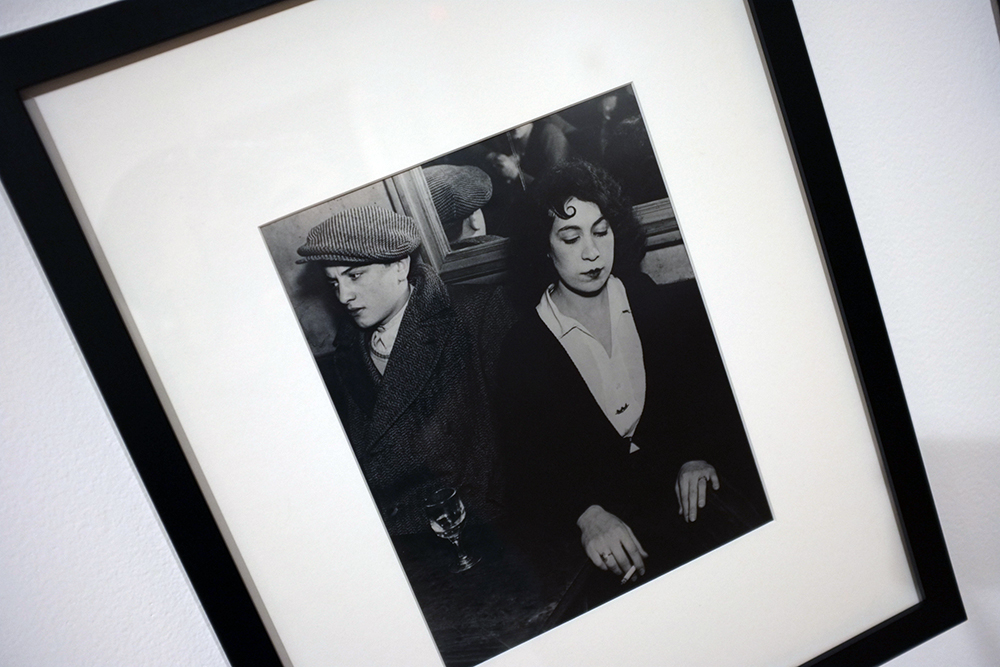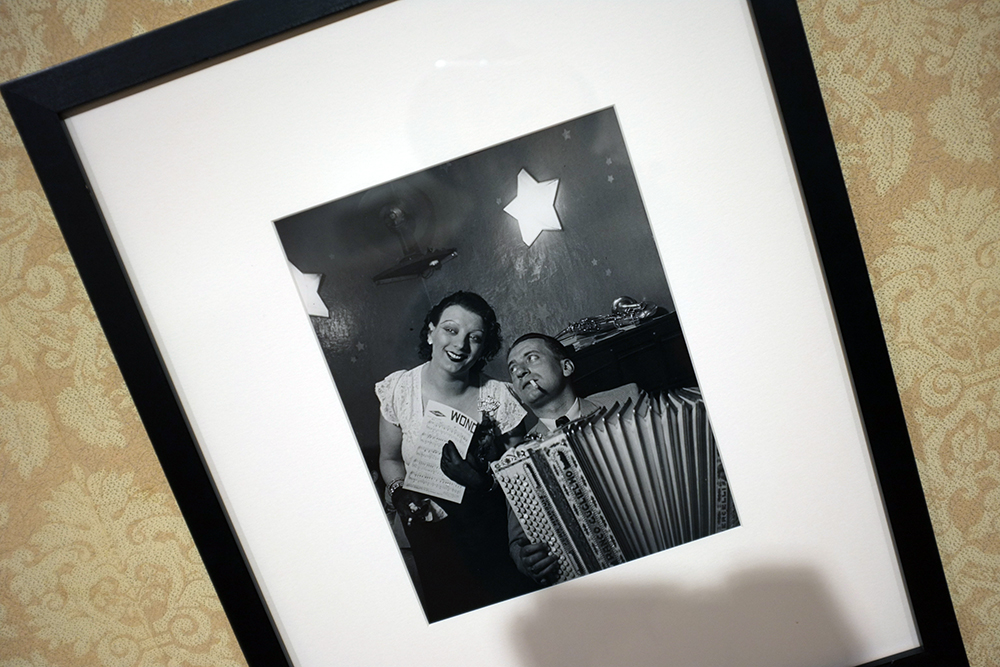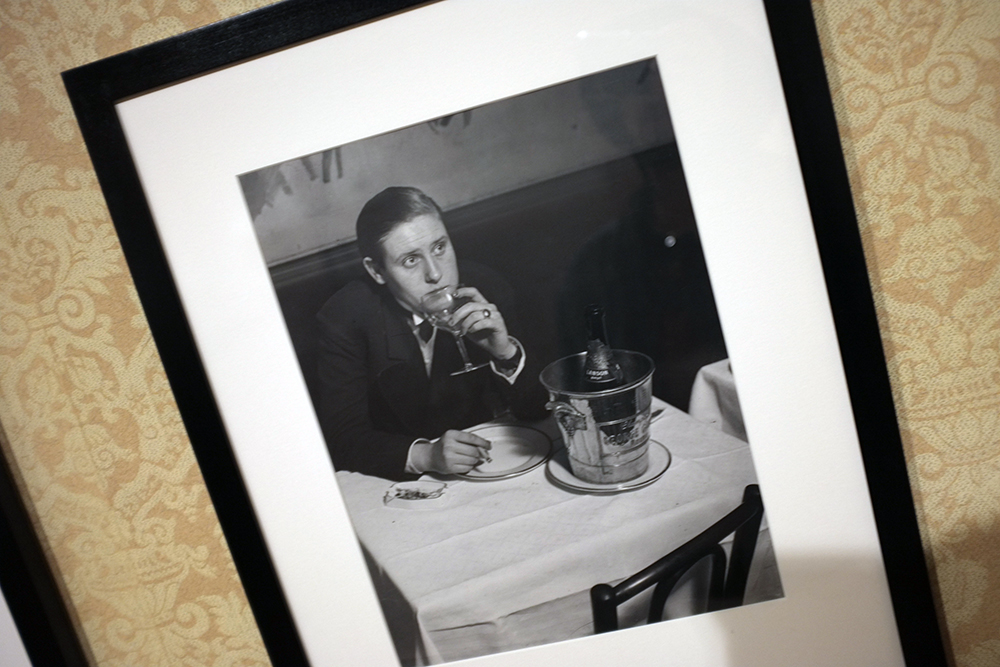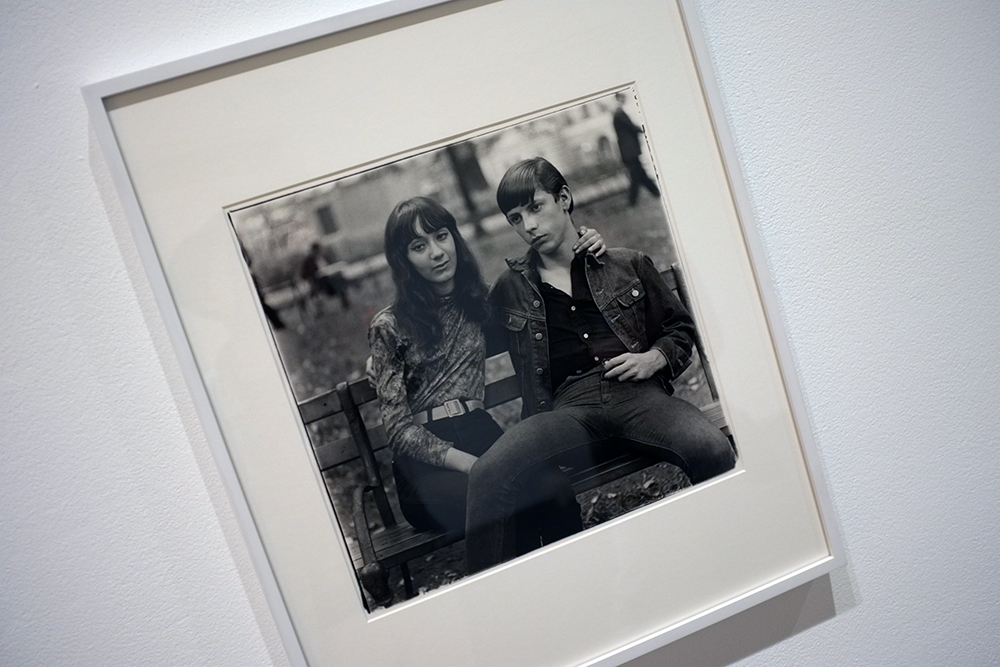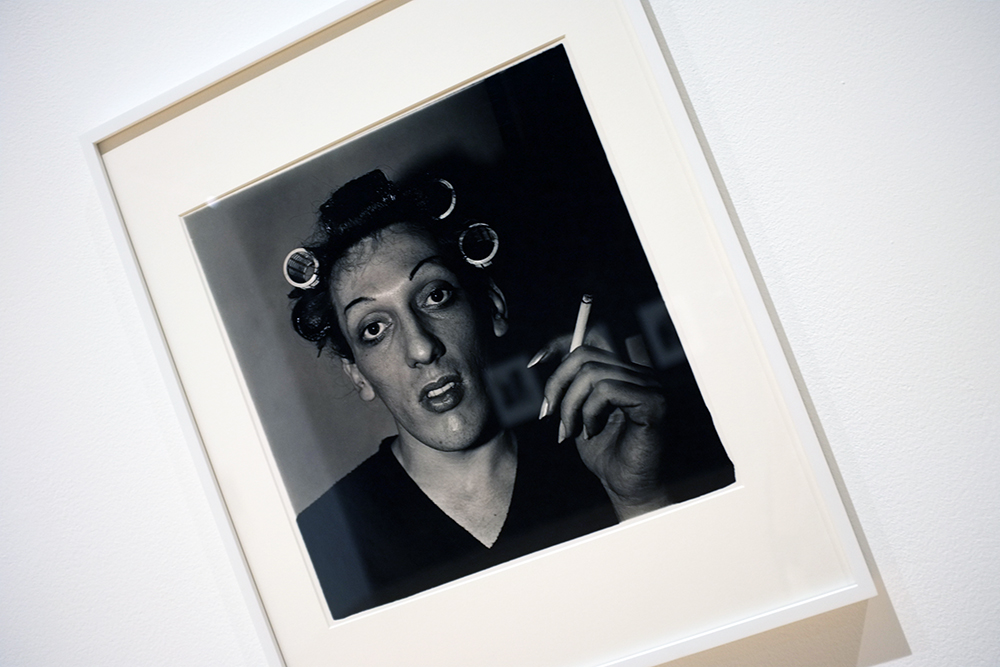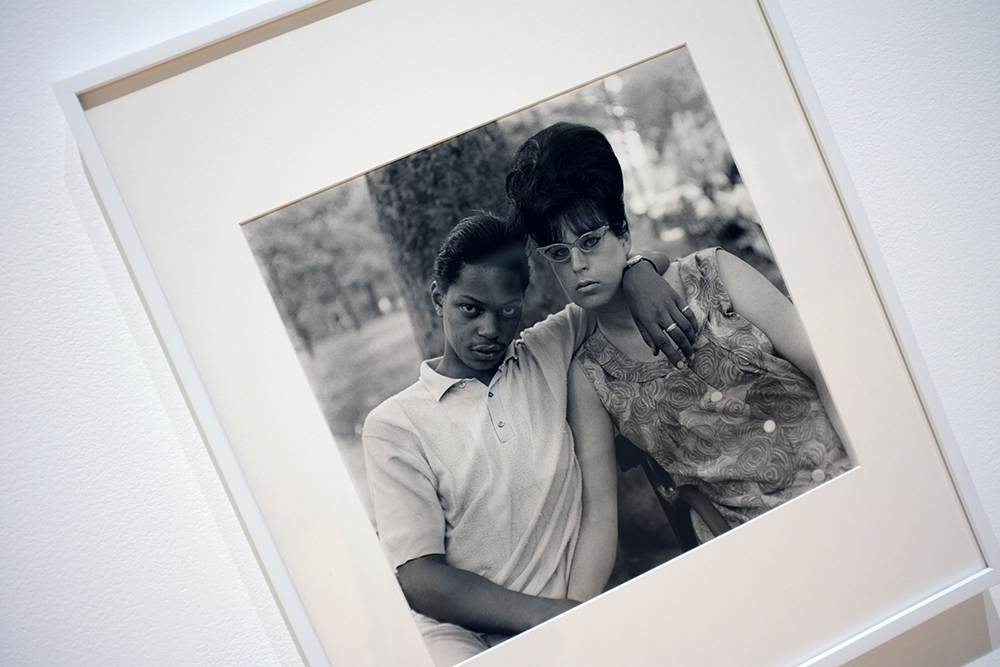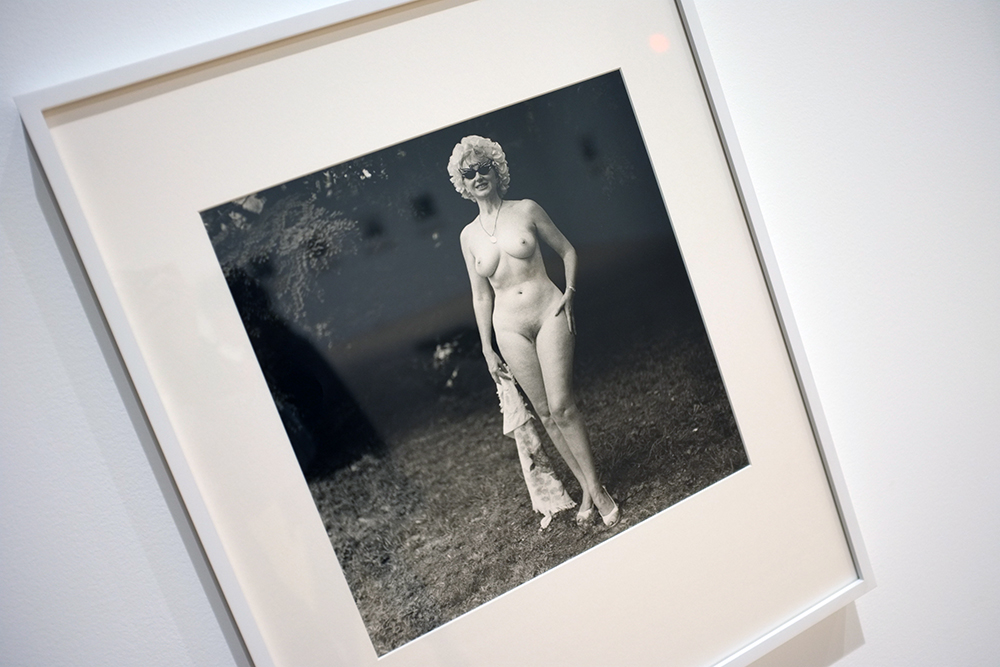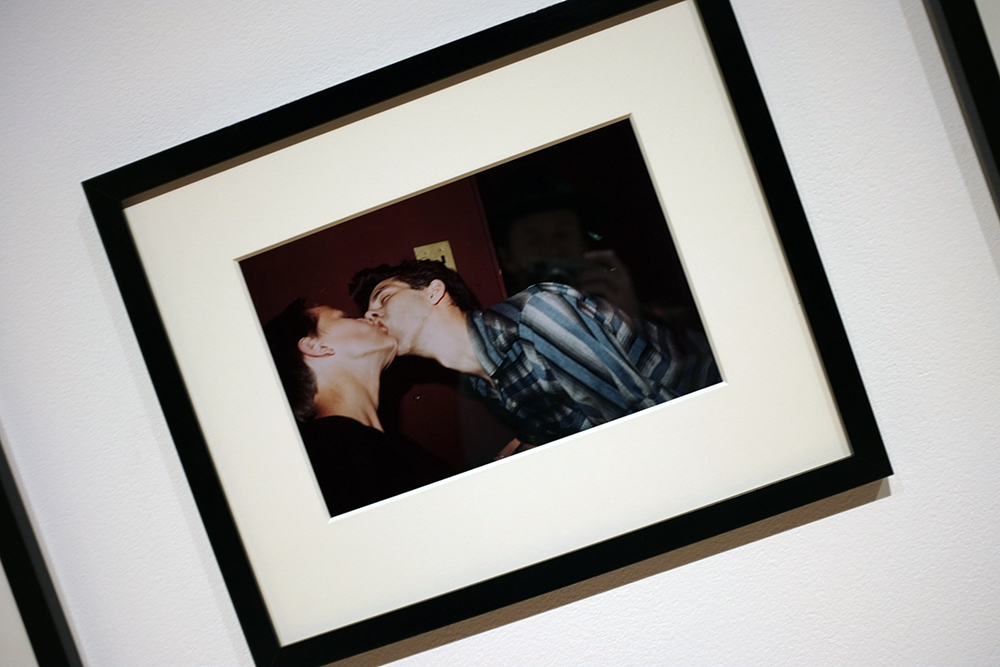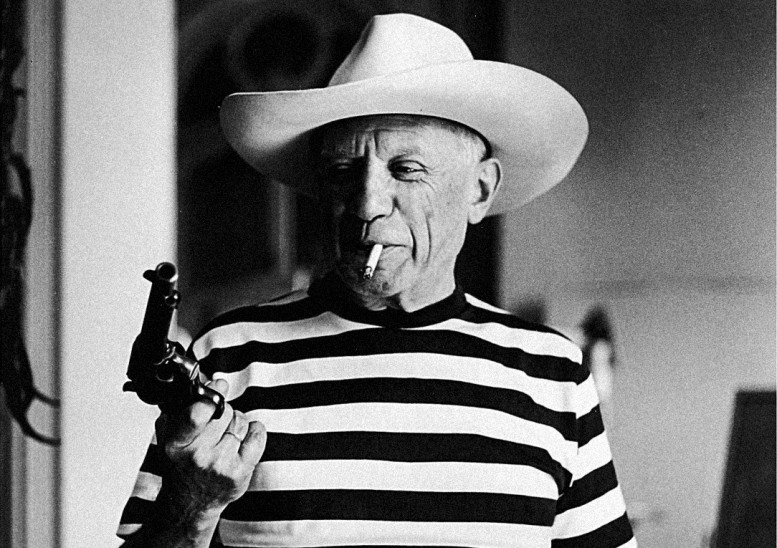Drawn largely from MOCA’s extraordinary collection of photography, the exhibition provides a remarkable opportunity to explore the ways in which Brassaï (Gyula Halász), Diane Arbus, and Nan Goldin use the camera to reflect and transform the world around them. Real Worlds features an exceptional trove of approximately one hundred works by the three artists, including Brassaï’s unforgettable images of the nocturnal denizens of Paris, Arbus’s most memorable and unsettling portraits, and Goldin’s searingly poignant documentation of herself and her community. "Real Worlds" will be on view at MOCA from March 4th through September 3rd. photographs by Oliver Kupper.
Me Myself & I
“What do I see in Picasso that makes him Picasso?” wondered Edward Quinn, who took a large number of pictures of the Andalusian artist. Besides Quinn, many other photographers – some of whom were great names in the history of photography – Man Ray, Brassaï, Robert Doisneau, Dora Maar, Irving Penn, Edward Quinn, Robert Capa, Henri Cartier-Bresson, Michel Sima, Richard Avedon and André Villers – also shot portraits of the famous artist, offering their own angle on his work and personality. The result is a profusion of portraits of Pablo Picasso that have become part of our collective imagery and which have contributed to building up a myth around the artist, his life and his work. MemyselfandI, Photographic Portraits of Picasso has been jointly organized by Museo Picasso Málaga and Museum Ludwig, Cologne and will be on view until May 10. After its run at MPM, it will travel to Museum für Kunst und Gewerbe in Hamburg, where it will be on display from 2nd August to 28th October 2012.
Hungarian Rhapsody
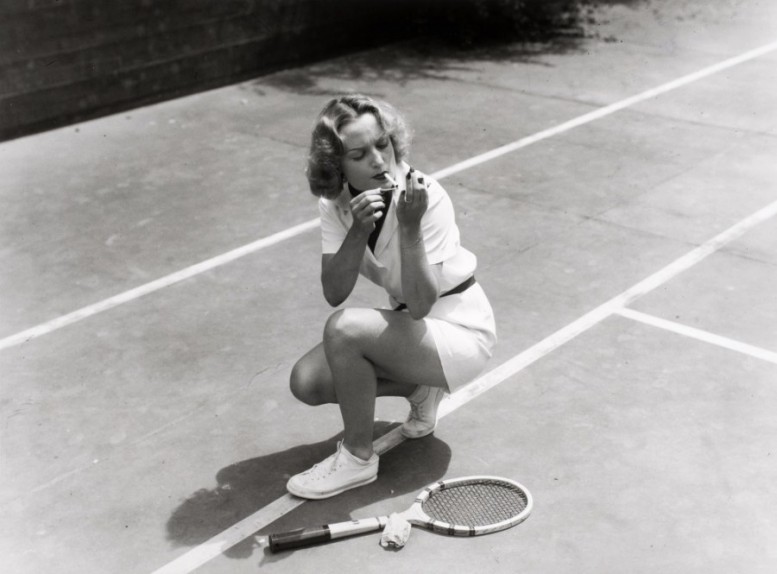 Martin Munkacsi, Carole Lombard, Hollywood, 1937
Martin Munkacsi, Carole Lombard, Hollywood, 1937
Brassaï, Robert Capa, André Kertész, László Moholy-Nagy and Martin Munkácsi each left Hungary to make their names in Germany, France and the USA, and are now known for the profound changes they brought about in photojournalism, as well as abstract, fashion and art photography. Others, such as Károly Escher, Rudolf Balogh and Jószef Pécsi remained in Hungary producing high-quality and innovatory photography. A display of approximately two hundred photographs ranging in date from c.1914–c.1989 will explore stylistic developments in photography and chart key historical events. These striking images will reveal the achievements of Hungarian photographers who left such an enduring legacy to international photography. Exhibition organised by the Royal Academy of Arts on the occasion of the Hungarian Presidency of the EU 2011. On view from June 30 to October 2 at the Royal Academy of Arts in London. www.royalacademy.org.uk
The Color of My Dreams: The Surrealist Revolution in Art
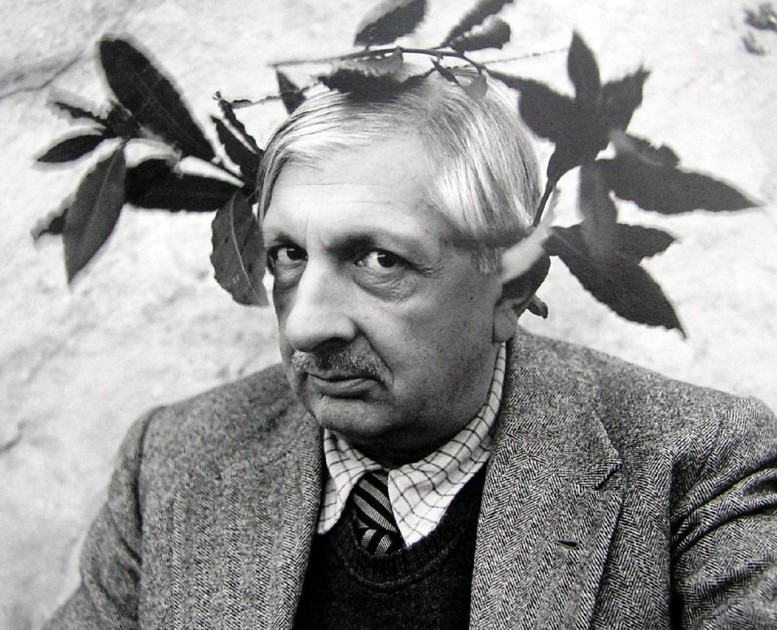 portrait of GIORGIO DE CHIRICO
portrait of GIORGIO DE CHIRICO
On view now at the Vancouver Art Gallery, The Colour of My Dreams: The Surrealist Revolution in Art features 350 works by leading Surrealist artists, including André Breton, Salvador Dalí, Max Ernst, René Magritte, Joan Miró, Alberto Giacometti, Leonora Carrington, Brassaï, André Masson, Man Ray, Edith Rimmington, Wifredo Lam and many others. On view until September 25, 2011 www.vanartgallery.ca.bc
Surrealism: The Poetry of Dreams
Victor Brauner, Romania/France 1903–66, Loup-table (Wolf-table) 1939, 1947, Wood and taxidermied fox
This June marks the beginning of a unique, expansive exhibit of surrealist artwork in Queensland, Australia. The Gallery of Modern art in Queensland, a land far from the birth of surrealism, is borrowing "the core" of one of the finest and largest collections held at the The Musée national d’art moderne in at the Centre Pompidou in Paris. Its a rare occasion in that the collection rarely leaves Paris. The exhibition presents more than 180 artworks by 56 artists, including paintings, sculptures, ‘surrealist objects’, films, photographs, drawings and collages. Surrealism: The Poetry of Dreams is on view June 11 to October 2 at the The Gallery of Modern Art in Queensland - www.qag.qld.gov.au.
Paris at Night: Brassai, Ilse Bing, Doisneau & Kertesz
 Left: Brassai, La Casque de Cuir, 1932 Right: Robert Doisneau, Untitled, 1952
Left: Brassai, La Casque de Cuir, 1932 Right: Robert Doisneau, Untitled, 1952
"Night only suggests things, it doesn't fully reveal them. Night unnerves us and surprises us with its strangeness; it frees powers within us which were controlled by reason during the day..." -Brassai
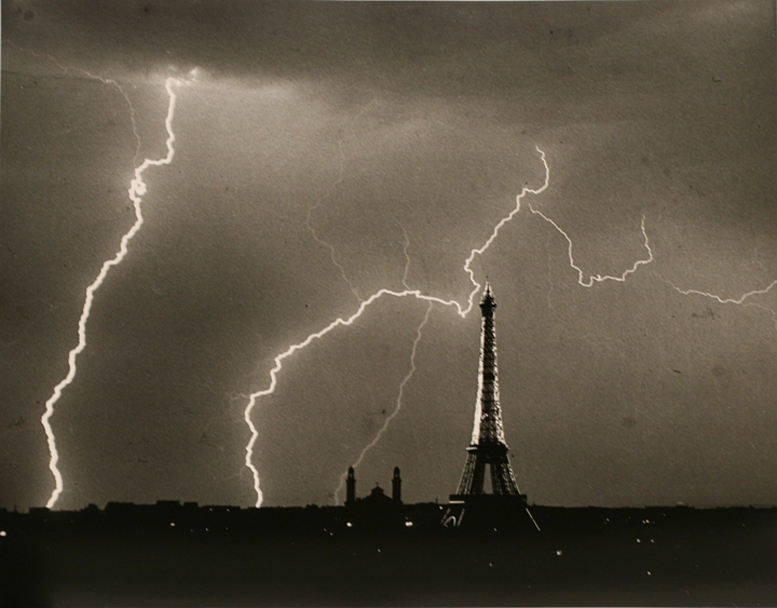 Andre Kertesz, Eiffel Tower (Summer Storm), 1927
Andre Kertesz, Eiffel Tower (Summer Storm), 1927
Bruce Silverstein Gallery, in New York, presents: Night, an exhibition of the work of Brassai, Ilse Bing, Robert Doisneau and Andre Kertesz. The leading artists working with photography in Europe during the 1920s and 30s found the night to be an inspiring subject that became a leitmotif in their work, a revelatory expression of the burgeoning modernist approach to art making that reflects the shifting social and artistic conventions during this period. Photographic images made at night were new, bold, mysterious and brave, the ability to photograph at night being a recent technical capability that had yet to be mastered or even considered by the majority of photographers working in the 20s and 30s. Night was an artistic frontier and the making of images at night implied a certain creative seriousness that helped bring photographers into dialogue with the larger art world during these decades. At this moment in art and in photography in particular, night and all its connotations provided the perfect backdrop for realizing the artist’s creative intent.
The four artists selected for this exhibition had an affinity for working at night and the images on view extend the first half of the 20th century. The works featured include Brassai’s well-known Paris de Nuit images, Ilse Bing’s early formalist compositions, Doisneau’s free-spirited and engaging photographs of Parisian nightlife, and Andre Kertesz’s early night photographs from Hungary—the purported inspiration for Brassai’s Paris series—as well as remarkable New York images that reveal the artist’s consistently innovative vision further inspired by the night.
On view until June 04, 2011www.brucesilverstein.com
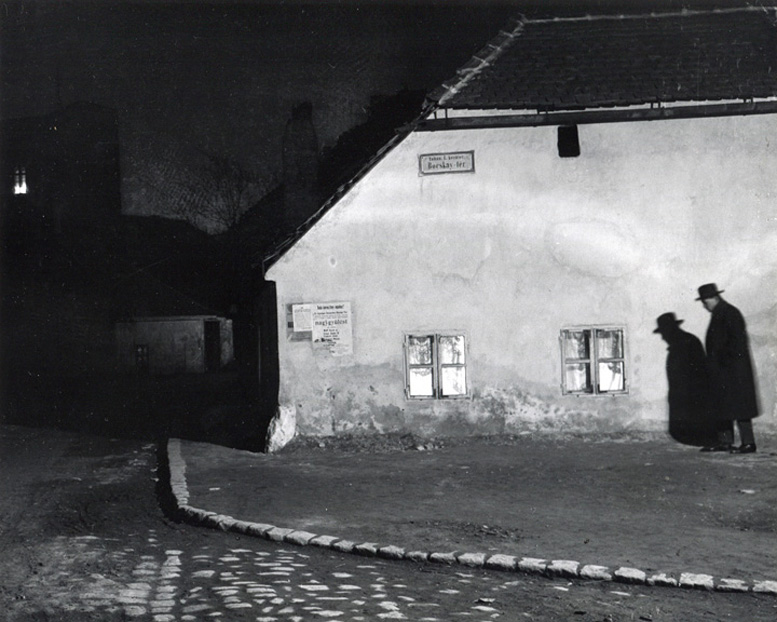 Andre Kertesz, Untitled (Budapest), 1914
Andre Kertesz, Untitled (Budapest), 1914
ANDRÉ KERTÉSZ Retrospective
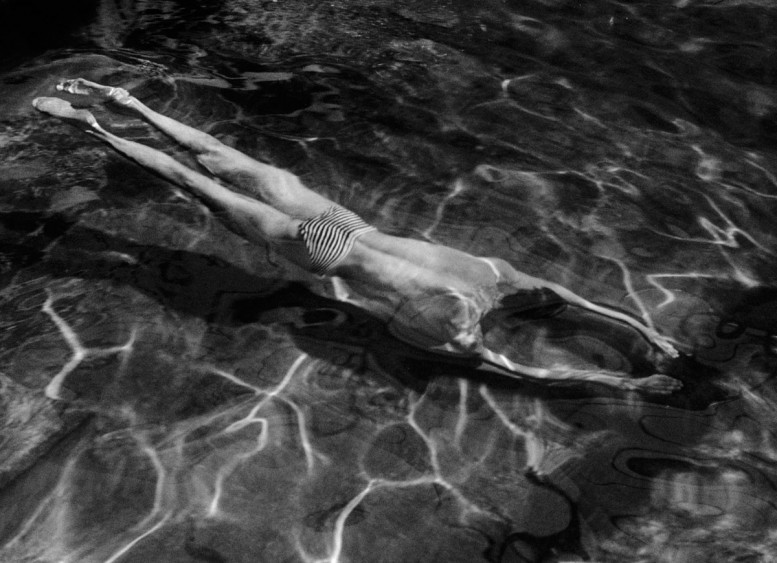 Underwater Swimmer Esztergom,1917, André Kertész
Underwater Swimmer Esztergom,1917, André Kertész
"After I was wounded [in WWI] I was in the hospital for almost nine months. We went swimming in the pool every day, and I realized the distortions in the water. When I photographed them my comrades said, ‘You are crazy. Why did you photograph this?’ I answered: ‘Why only girl friends? This also exists.’ So I photographed my first distortion in 1917 – others followed later, especially the nudes in 1933." -André Kertész, Kertész on Kertész
With around 250 photographs and countless magazine contributions, a retrospective of photographer André Kertész is on display at the Fotomuseum Winterthur on view until May 15, 2011. www.fotomuseum.ch

